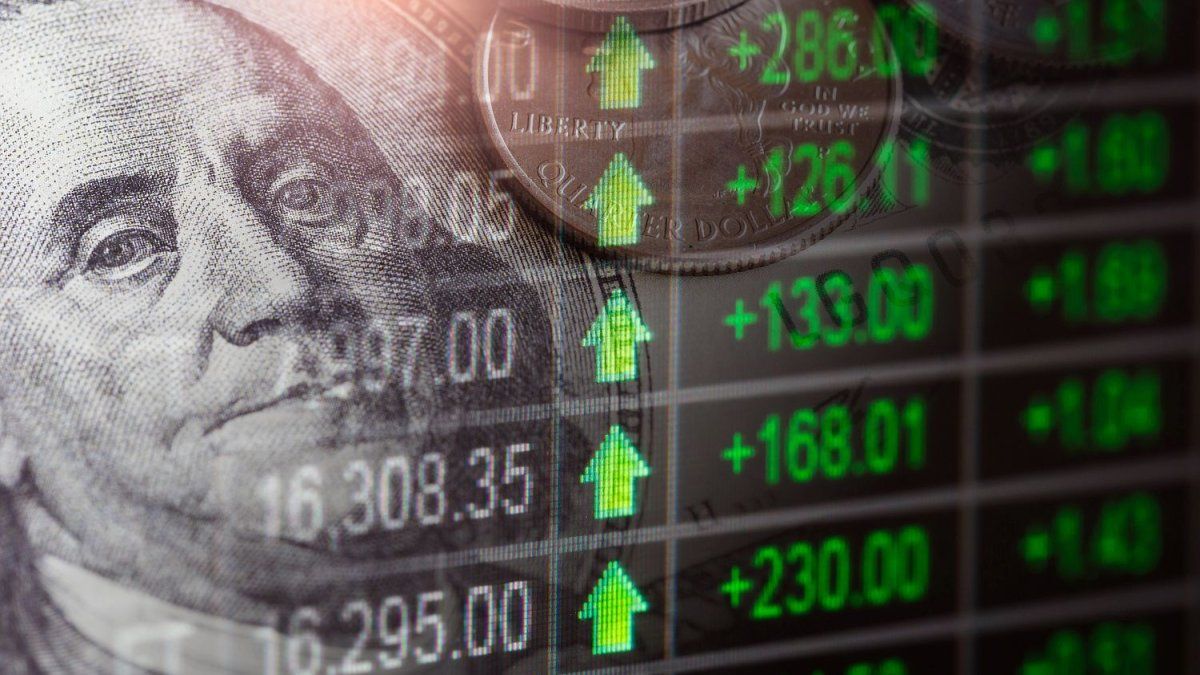If the CO2 price rises for climate protection reasons, citizens receive money back to compensate. This is what is agreed in the coalition agreement. But can the federal government actually afford the climate money?
Federal Finance Minister Christian Lindner does not want to decide on the payment of the climate money planned by the traffic light until the next legislative period. “From 2025 we can technically make a per capita payment. This means we are on schedule. Whether we politically restructure the funding landscape in this direction will have to be decided after the next election,” said the FDP politician of the “Neue Osnabrücker Newspaper” (NOZ) according to the preliminary report.
Previously, some politicians, economists and consumer advocates had called for climate money to be paid out quickly in order to compensate for the increase in CO2 prices for consumers at the beginning of the year. This makes refueling and heating more expensive.
Lindner emphasized that the idea of climate money is to transfer the income from the per capita CO2 price back to people. “Currently, the income is used to promote heating, building renovations, green steel production, charging stations for electric cars and so on. In short, because one household receives funding for a heat pump, a few hundred others cannot receive climate money that year. You can’t spend the money twice. So the climate money would replace the subsidies we have now,” he told the NOZ. In his view, a decision on such a system change can only be made after the next federal election.
The SPD, Greens and FDP had agreed on climate money in the coalition agreement: If the price of CO2 rises for climate protection reasons, money should be put into citizens’ accounts to compensate. But given the tight budget, it is unclear whether the federal government can afford this. In addition, technical requirements must first be created for direct payment to citizens. According to the Federal Ministry of Finance, this should be possible in 2025.
Source: Stern




